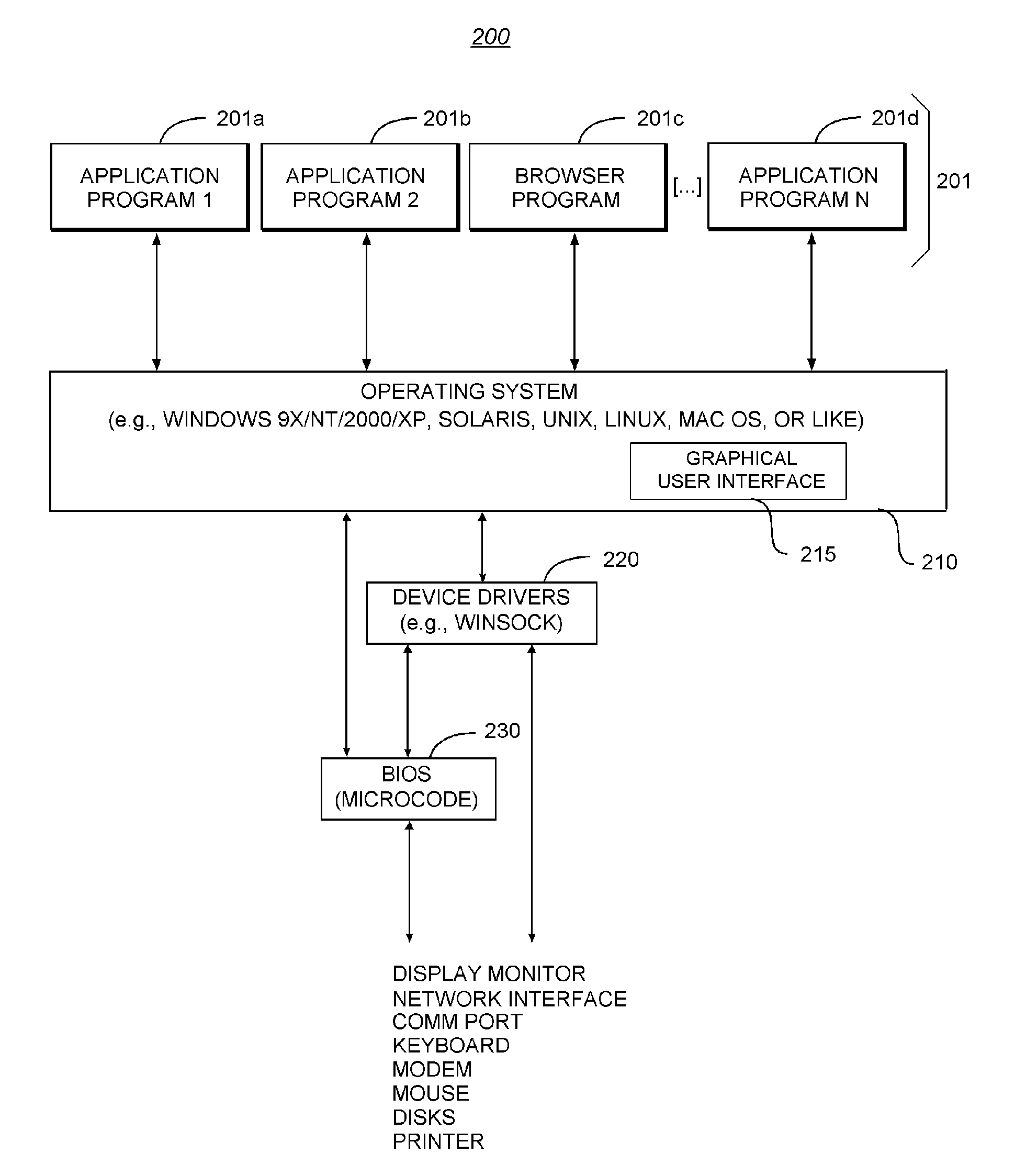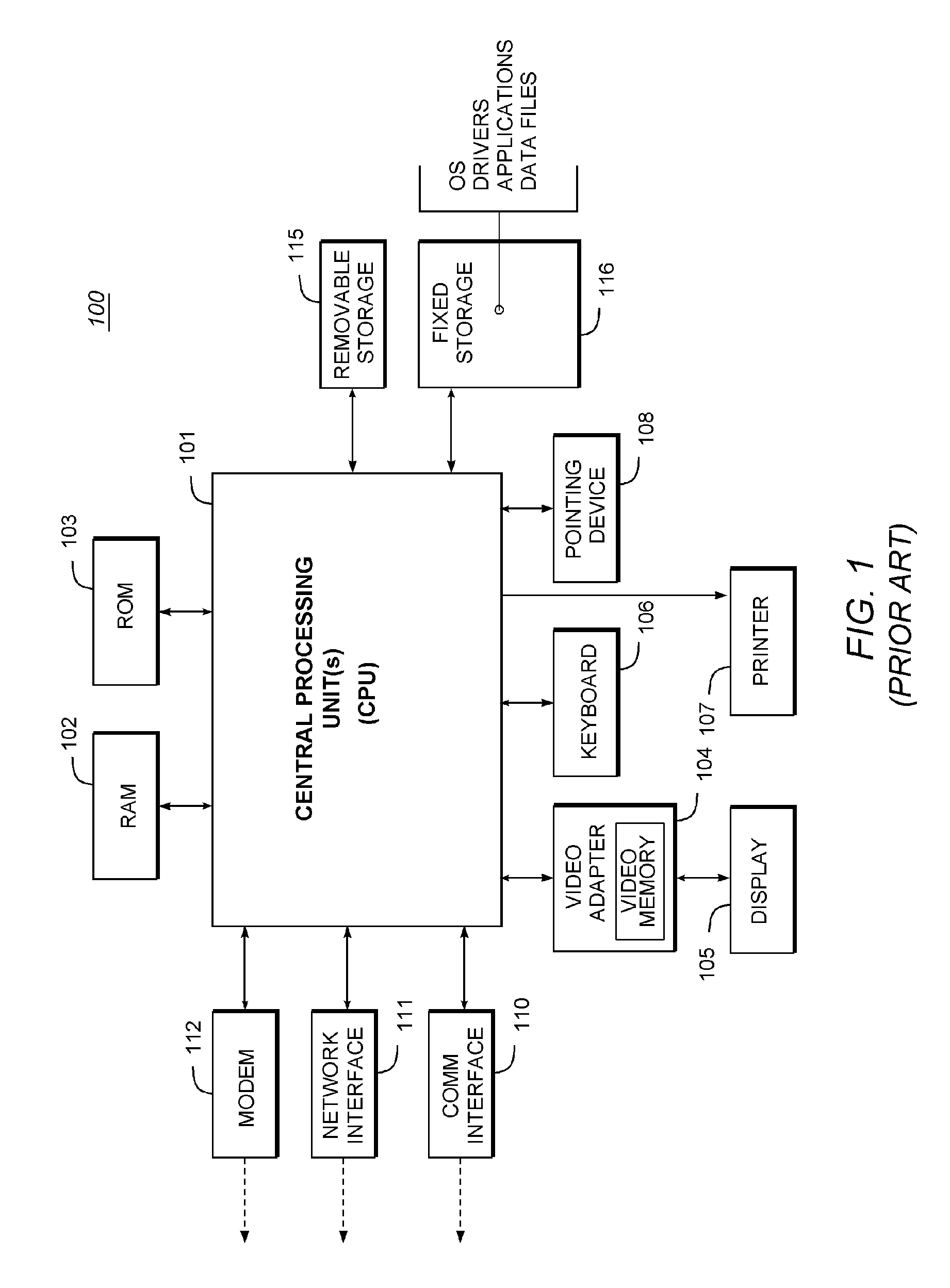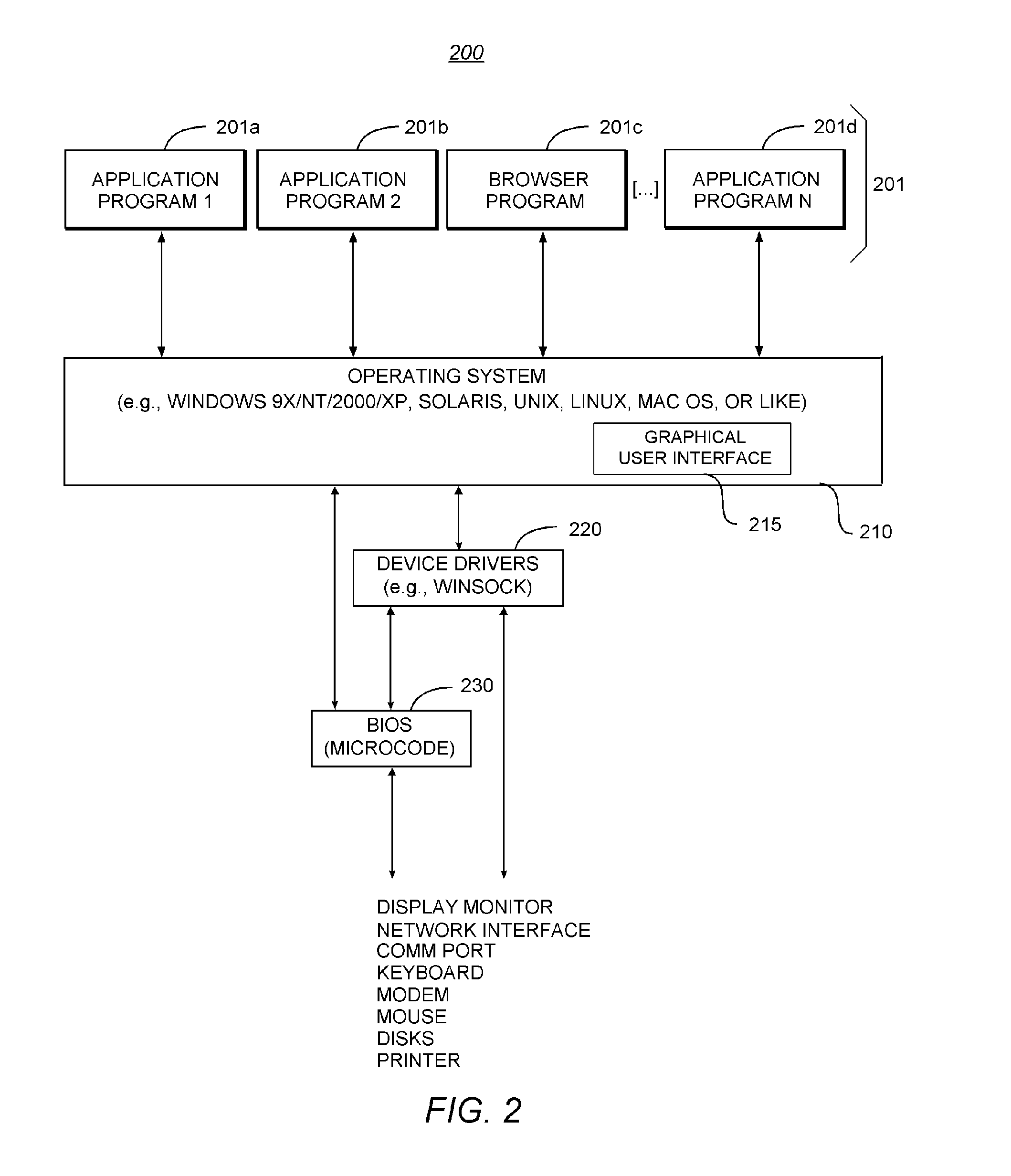Database System and Methodology for Generalized Order Optimization
a database and generalized order technology, applied in the field of information processing environments, can solve the problems of consuming a large amount of memory, and affecting the efficiency of the system
- Summary
- Abstract
- Description
- Claims
- Application Information
AI Technical Summary
Benefits of technology
Problems solved by technology
Method used
Image
Examples
Embodiment Construction
[0037] Glossary
[0038] The following definitions are offered for purposes of illustration, not limitation, in order to assist with understanding the discussion that follows.
[0039] Generalized order: The generalized order data structure provided by the present invention provides a representation that can store sets of simple orders in a single data structure. This is more space-efficient than storing all the individual simple orders of such a set. The generalized order representation improves and extends upon a simple order representation of an order property or an interesting order as hereinafter described.
[0040] Interesting order: An interesting order is a specification of a requirement of the query for ordering of data that may be useful for choosing the execution operators for executing the query, such as, for example, the execution operators for a join, a GROUP BY, a ORDER BY, or a DISTINCT.
[0041] Left-deep tree: A left-deep tree is a processing tree that has only base tables...
PUM
 Login to View More
Login to View More Abstract
Description
Claims
Application Information
 Login to View More
Login to View More - R&D
- Intellectual Property
- Life Sciences
- Materials
- Tech Scout
- Unparalleled Data Quality
- Higher Quality Content
- 60% Fewer Hallucinations
Browse by: Latest US Patents, China's latest patents, Technical Efficacy Thesaurus, Application Domain, Technology Topic, Popular Technical Reports.
© 2025 PatSnap. All rights reserved.Legal|Privacy policy|Modern Slavery Act Transparency Statement|Sitemap|About US| Contact US: help@patsnap.com



